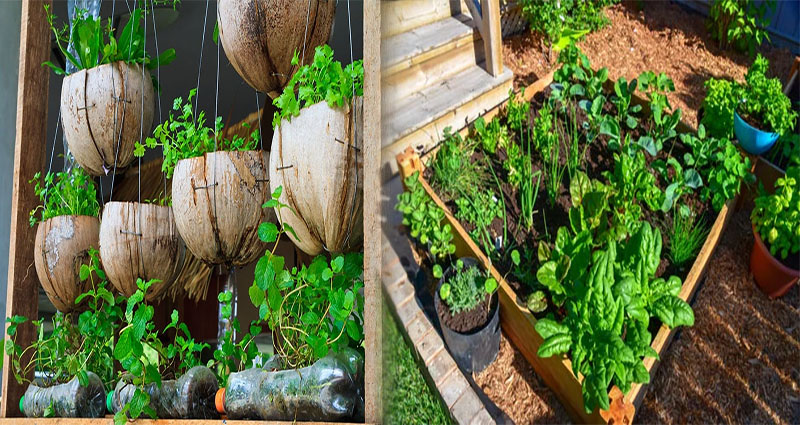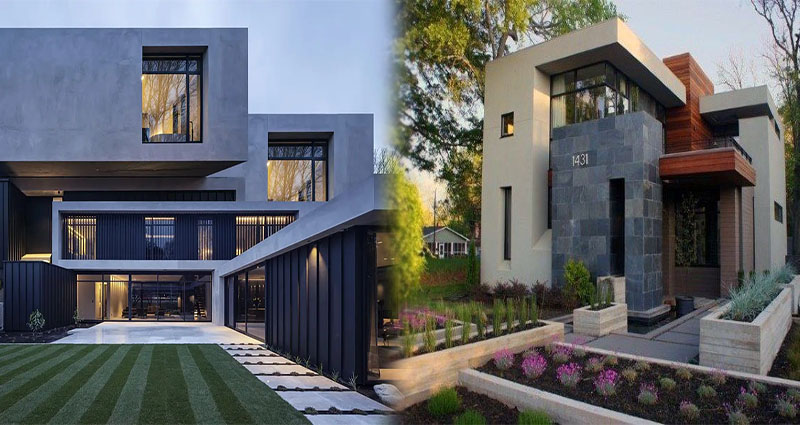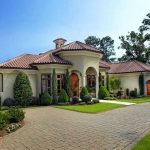Creative Low-Cost Raised Bed Vegetable Gardening Solutions
For gardening enthusiasts and sustainability-minded individuals, growing your own vegetables can be both rewarding and environmentally conscious. However, limited space, poor soil quality, or physical limitations can often stand in the way of traditional in-ground gardening. This is where raised bed vegetable gardening comes to the rescue, offering a versatile and cost-effective solution. In this article, we will explore creative and low-cost raised bed vegetable gardening solutions that can transform any space into a productive and beautiful garden.
1. Pallet Raised Beds
Repurposing wooden pallets to create raised beds offers an eco-friendly, low-cost, and visually appealing gardening solution. Pallets can be easily transformed into customizable raised beds by removing excess slats and reinforcing the corners. The nooks and crannies of the pallets can be filled with soil, providing ample space for growing a variety of vegetables. This approach not only minimizes waste but also allows for efficient use of space, … READ MORE








